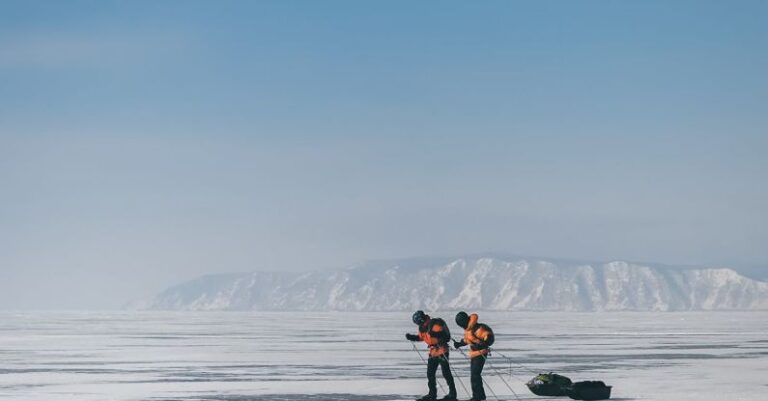
Winter camping or hiking in the backcountry can be a thrilling experience, but it also comes with the challenge of staying warm in the cold and unpredictable wilderness. Proper preparation and gear can make all the difference between a cozy adventure and a freezing one. Here are some essential tips for staying warm in the backcountry.
Understanding Layering Techniques
Layering your clothing is crucial for staying warm in the backcountry. The key is to wear multiple layers that can be easily adjusted to regulate your body temperature. Start with a moisture-wicking base layer to keep sweat away from your skin. Next, add an insulating layer such as fleece or down to trap heat. Finally, top it off with a waterproof and windproof shell to protect you from the elements.
Choosing the Right Fabrics
When selecting clothing for your backcountry adventure, opt for fabrics that are designed to keep you warm and dry. Merino wool is an excellent choice for base layers as it is naturally moisture-wicking and odor-resistant. Fleece and down are great insulating materials that provide warmth without adding bulk. For outer layers, look for garments made from Gore-Tex or other waterproof and breathable materials to keep you dry and comfortable.
Packing the Right Gear
Investing in high-quality gear can make a significant difference in how warm and comfortable you stay in the backcountry. Make sure to pack a warm sleeping bag rated for the temperatures you expect to encounter. A four-season tent with a rainfly will provide extra insulation and protection from the wind. Additionally, bring a sleeping pad with a high R-value to insulate you from the cold ground.
Eating and Drinking for Warmth
Staying well-fed and hydrated is essential for maintaining your body temperature in the backcountry. Pack high-energy snacks such as nuts, dried fruit, and jerky to keep your internal furnace burning. Drinking warm beverages like tea or hot chocolate can also help raise your core temperature. Avoid alcohol, as it can actually cause your body to lose heat more quickly.
Keeping Moving
Physical activity generates heat, so staying active while in the backcountry can help you stay warm. Take short walks or do some light exercises to get your blood flowing and warm up your body. Just be sure not to overexert yourself, as sweating excessively can lead to damp clothing and potential heat loss once you stop moving.
Utilizing Hot Packs
Hot packs are a convenient way to add extra warmth when you need it most. Pack a few disposable hand warmers in your pockets or gloves to keep your extremities toasty. You can also bring reusable heat packs that can be boiled or activated with a click to provide long-lasting heat.
Creating a Warm Sleep System
Adequate rest is crucial for staying warm in the backcountry, so it’s essential to create a cozy sleep system. In addition to a warm sleeping bag and pad, consider bringing a hot water bottle to pre-warm your sleeping bag before bedtime. Wearing a hat and keeping your sleeping bag zipped up can also help retain heat while you sleep.
Navigating Challenging Conditions
In the backcountry, weather conditions can change rapidly, so it’s essential to be prepared for anything. Monitor the forecast before your trip and be ready to adjust your plans if necessary. Always carry extra layers, emergency blankets, and a reliable navigation device in case you get lost or stranded.
Embracing the Adventure
While staying warm in the backcountry requires careful planning and preparation, it’s also an opportunity to embrace the beauty and solitude of nature in its winter splendor. By following these tips and staying mindful of your body’s needs, you can enjoy a safe and comfortable outdoor experience even in the coldest conditions.
In the end, staying warm in the backcountry is not just about surviving the cold—it’s about thriving in it. By equipping yourself with the right knowledge, gear, and mindset, you can make the most of your winter adventures and create unforgettable memories in the wilderness.





